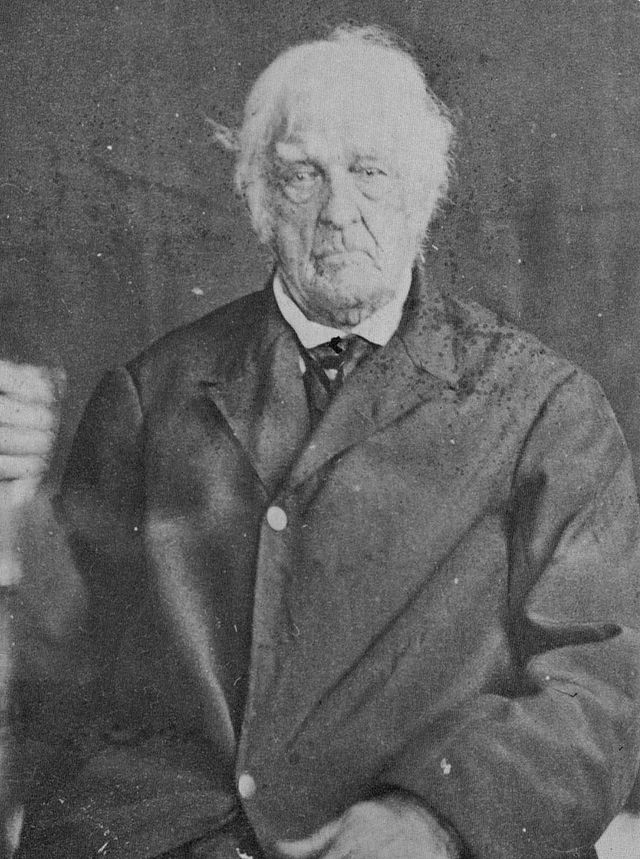We spoke recently about the dimensionality of a photograph and how adding color adds dimensions. The point is well taken, but is expressed in purely physical terms. Beyond its personification as wavelength adding color adds a psychological dimension as well because we associate colors with emotion.
I was attracted this morning to an interesting article on the BBC website about the color red, “How the colour red warps the mind,” by David Robson. What attracted me to this article was a seductive photographs of lips covered with an intensive lipstick (from Getty Images). I love the forties retro lipstick vogue currently in fashion. But the point here is well taken: red, scarlet, crimson, or carmine lips are all shades of seduction. Case in point, the Scarlet Whore of Babylon.
Red can symbolize seduction. It can also symbolize anger and aggression. Dobson cites some interesting studies that demonstrate a commanding edge that red can impart. Two psychologists, Russell Hill and Robert Barton at the University of Durham, found that in the 2004 Olympics randomly assigned red clothes, for instance, in boxing and tae kwon do, gave competitors a distinct edge. Similarly playing with red poker chips at casinos tend to make people bet more than people with blue or white chips. While men who wear red ties project authority and dominance in their workplaces.
Dobson shows a pair of photographs of a beautiful, and yes, seductive woman, in red and in blue (from Thinkstock). The images are fascinating. I keep trying to figure out what my perception of the color effect is. They both indicate elegance and style. In both cases I have the sensation of smooth satin. The red one is intense, strong, and dominating. While the blue one is soft, cool, and mellow. I am not sure that I would characterize one as more sensual than the other, but the fact that they are evoking a different set of emotions is clear.
We already know that the perception of color is not merely a physical one but a physiological one as well. But perception of color, and the its psychological effects, go way beyond the physiology of the firing of rods and cones in your retina. It is a deeply seated brain function. This is what is unleashed, or harnessed depending upon your spin, when you add the dimension of color to a photograph.





